Annie McCoy: Serenity in the Wild
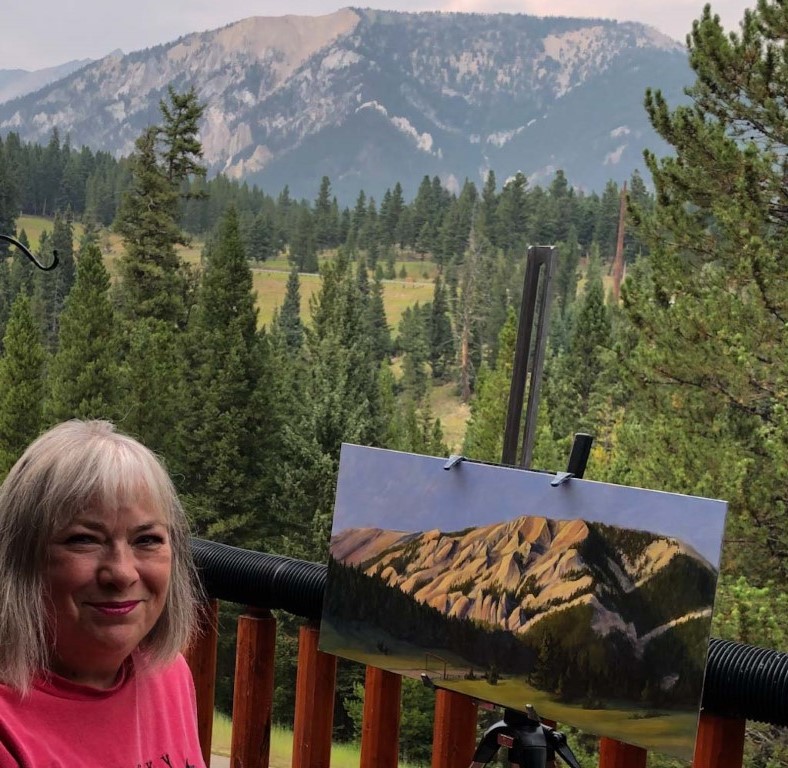 Although Annie McCoy loved art and painting in high school, her parents considered a career in art too risky. Thus, she pursued her other interest and became a veterinarian. In 2007, she decided to become an artist as well. Plein air painting has allowed her to combine her love of the outdoors, nature and art. Driven by her love of wild places and the adventures therein, Annie paints outdoors at every opportunity. Studio work is mostly reserved for inclement weather and winter.
Although Annie McCoy loved art and painting in high school, her parents considered a career in art too risky. Thus, she pursued her other interest and became a veterinarian. In 2007, she decided to become an artist as well. Plein air painting has allowed her to combine her love of the outdoors, nature and art. Driven by her love of wild places and the adventures therein, Annie paints outdoors at every opportunity. Studio work is mostly reserved for inclement weather and winter.
She explains, “I am a home-grown Appalachian mountain girl who relishes her time in the wild. My hope is that I do justice in my tributes to our creator. Drawn to nature, its best and worst, I strive to capture my emotional response to being outdoors in beautiful places”.
Recently retired from veterinary medicine, Annie and her veterinary partner and husband, Dr. Ken Burgwin, moved from the Chesapeake Bay to full time residence in their home in southwest Montana. Prior to retirement, they would spend several weeks each year in Montana and nearby Yellowstone Park.
She focuses on sportsman’s art, wildlife and landscapes. Following her fly-fishing husband to trout filled streams has fueled her experiences as a plein air artist.
“My husband is a dedicated fly fisherman, and fortunately, as the great artist and fly-fisherman Frank Dumond noted, ‘Trout only live in beautiful places’. I accompany my husband, and while he fishes, I paint and enjoy the moment. Sometimes, if the fish aren’t biting, I am forced to pack up and move on meaning that I must finish the painting later in the studio! I do not consider myself an Alla Prima or direct painter, but instead, I consider myself an outdoor painter. I often paint in layers. I like to return again and again to the same location in order to complete a painting.”
Montana plays a starring role in many of your paintings. Can you tell us about how Montana has influenced and inspired your work?
Our family first visited west in 1989. We thought the trip would be a one-time thing. Little did we know how Montana would invade our souls (I have the only thirty something kids who have never visited Disney, choosing instead Montana for our family vacations). Thirty-plus years of Montana experiences have cemented our family to the northern Rockies. We have owned a home in Montana since 1993. While I was in veterinary practice and working long, hard hours, my carrot was always Montana. Finally, my husband and I retired here full-time following kids and grandkids. No other locale, no other scenery has spoken to me or inspired me as much as the ubiquitous beauty of Montana. Fall is my favorite time, but I love painting the mountains, streams and vegetation during every season. My heart and soul belong in Montana.
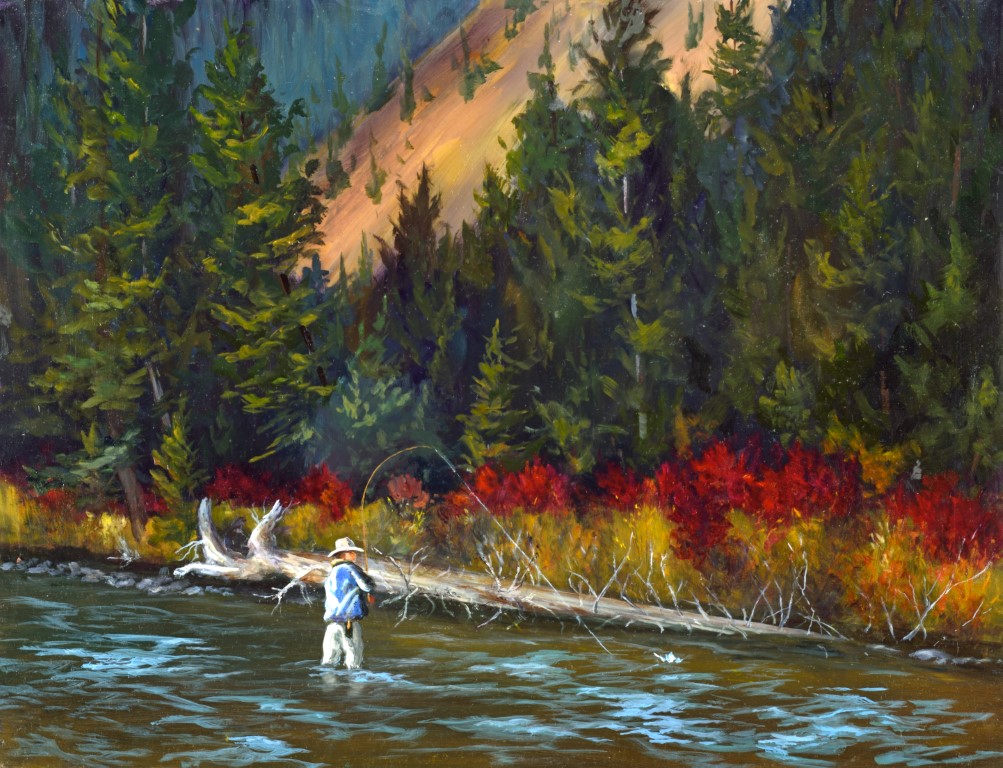 Please walk us through your creative process, from inspiration to approaching the blank canvas to completion.
Please walk us through your creative process, from inspiration to approaching the blank canvas to completion.
I look for paintings everywhere. I see something interesting and try to imagine how I could make a painting from that I see. I approach every painting from one of two aspects… are there interesting patterns of light and dark, or is there an interesting mood associated with this scene? The former usually makes for great painting fun. The latter can be challenging to establish the mood yet convey a sense of realism.
I look for the presence of back, middle and foregrounds. I simplify for 3-5 value masses, sometimes with thumbnail sketches, but sometimes in my mind. To define perspective, I locate eye level, then block in each mass in the appropriate value and color in silhouette. Sometimes, I start with middle values, sometimes darks, especially shadows. Next, I sketch in details, keeping loose, knowing that I will finalize these later. At this point, I can always stop for the session if needed. Hopefully, I have enough information to complete in the studio if necessary. Ideally, I will return again and again en locale to add layers as I develop each separate mass. Working all over the canvas, I refine big shapes into smaller shapes. Finally, the fun starts when I can add detail, either in the studio, but preferably, on location. Using this process may involve many different layers plus glazing at the end where needed, but such great fun! Consequently, I usually have 30-40 paintings in process at any point in time! Some roll over from one year to the next as I chase the seasons.
Which artists have influenced you the most?
I have always been attracted to the Hudson River School of artists along with the Dutch classical painters. I enjoy occasionally starting a painting with chiaroscuro, especially if painting a detailed closeup. Contemporary artists who have influenced me most are Dan Young, Jay Moore and Matt Smith. I most admire Brett James Smith, not only his technical skill, but for his composition. Skip Whitcomb and John Potoschinck have given me color harmony and have challenged me with different palette combinations. Scott Christensen taught me the power of value key. I love the work of Mark Boedges with his loose and expressive style. I shall always be grateful to Peter Fiore who is the master at interpreting photos. With her keen eye as a portrait painter, Laura Era taught me to see relationships in size, color and value. Finally, I took to heart the advice of Michael Rosato who encouraged me to continue to paint realism, but to strive to be the best that I can be, which equates to never ending pursuit of excellence!
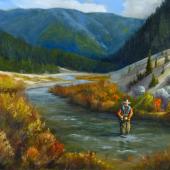
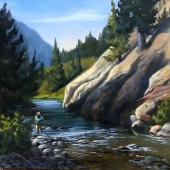
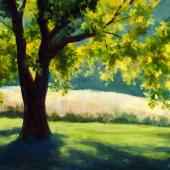
You enjoyed a successful career in veterinary medicine. How did your passion for helping our animal friends inform your senses as an artist?
I declared at age seven that I wanted to be either a veterinarian or an artist! Besides the handy knowledge of animal anatomy, I feel blessed, as do many veterinarians, for having been given the “gift” of connecting with animals. Most veterinarians are intuitive and extremely mindful of animal behavior. Feeling the unbounded joy of a dog, understanding the fear of an abused or neglected animal, recognizing unspoken pain, and constant animal observation have made me a better doctor, wife, mother and friend. By watching, waiting, analyzing and SEEING animals, wildlife and their habitat, I feel a spiritual connection with my creator that one can develop if open to the encounter. The powers of observation from a veterinary standpoint cannot be minimized. This spills over to a constant observation of one’s surroundings in terms of light, color, value and most importantly, soulful connection.
Your paintings capture the wild spirit of a place, while also conveying a sense of serenity. Can you tell us a little bit about your relationship with nature and the wild?
Nothing centers me more than sitting and absorbing a magnificent location before I paint. I listen, smell and enjoy my surroundings. I observe. I usually give thanks for the opportunity to be there. I lose myself as I begin to paint. No other thoughts wander into my mind, and I become consumed with the experience. All of these thoughts, sensory images and emotions will usually stay with me when I leave. I can and will recall these whether I complete the painting later in the studio, but especially if I return to the location. I find this process to be the most fulfilling part of painting, and I eagerly anticipate my feelings.
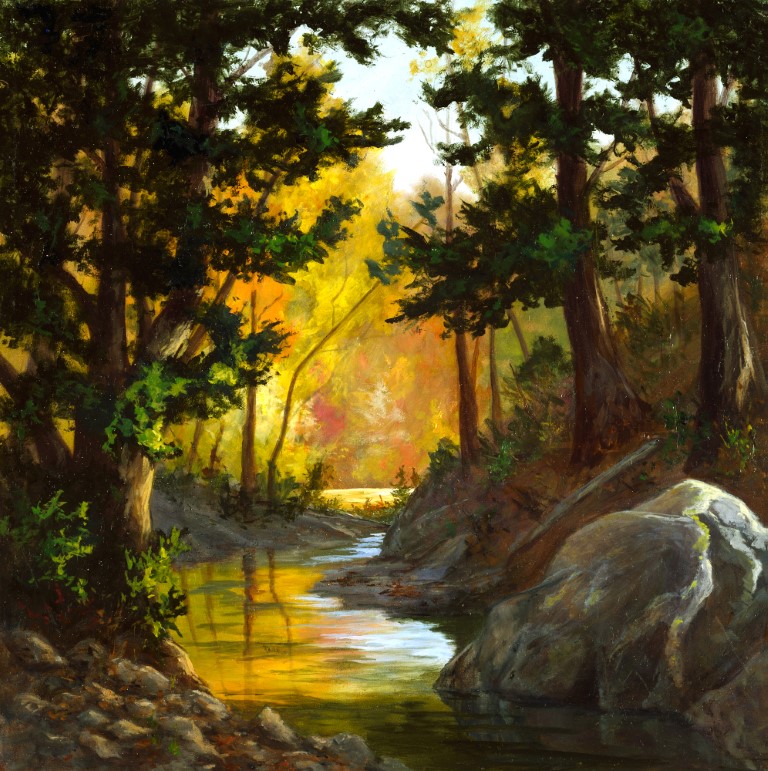 Was it a natural attraction, or did you intentionally set out to capture sportsmen, wildlife, and landscapes?
Was it a natural attraction, or did you intentionally set out to capture sportsmen, wildlife, and landscapes?
Having grown up in Eastern Kentucky in the heart of Appalachia on a dairy farm, I come from a family of outdoorsmen. Hunting, fishing and long walks in the woods were a given for my family. When I married my husband, Ken Burgwin, also a veterinarian, waterfowler and fly fisherman extraordinaire, I was attracted to his love of the outdoors! There was a shared sense of values and love of nature that cemented our relationship. I accompany him as he pursues his fly-fishing craft. As the great artist, Frank Dumond, said, “Trout only live in beautiful places”. Painting landscapes comes from a deep-rooted desire to enjoy and live in the moment while being outside. Paintings of my husband and sons in the outdoors were inevitable. And having a heartbeat in a painting gives the piece life!
What are you working on now, and where do you see yourself going with your art over the next few years?
I am very busy painting! I did three plein air events this summer and have one more on the schedule this fall. Currently, I am completing a commission as well as cramming in the initial starts for as many new paintings as possible before winter sets in. I am exploring different grounds and palettes. I am enjoying painting over old paintings, a process which can yield interesting effects. I am constantly trying new techniques. We are building a new studio for me and a woodworking shop for hubby. I look forward to getting back to teaching and holding court on a regular basis for other local artists in my new digs.
Painting is similar to practicing medicine. One practices the avocation for years but never, ever becomes perfect in implementation. Artists and doctors must constantly search and seek knowledge, then attempt to apply such in an impactful manner. Learning is never ending, and I hope to continue to learn through other generous artists, books and trial and error.
For the rest of my life, I see myself plodding along, applying my excellent work ethic, being a sponge for information, reading, observing, and enjoying life as I paint and learn. As long as I can get outdoors, as long as I can create, then I will be happy. Without a doubt, I am blessed.
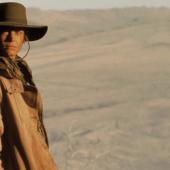
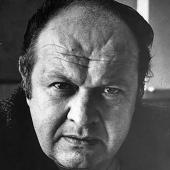
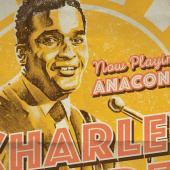
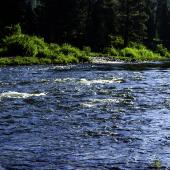

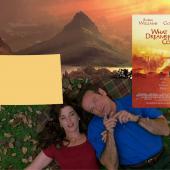
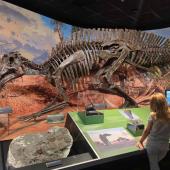
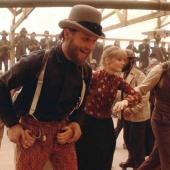
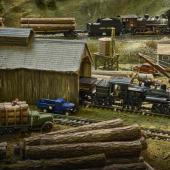
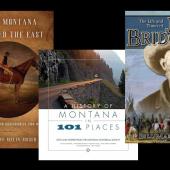
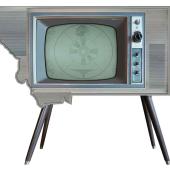
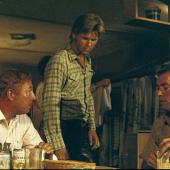
- Reply
Permalink